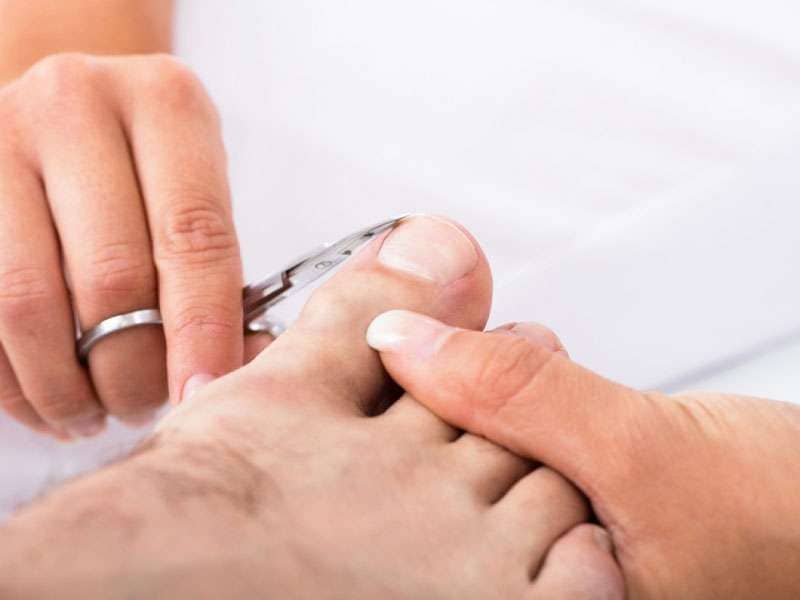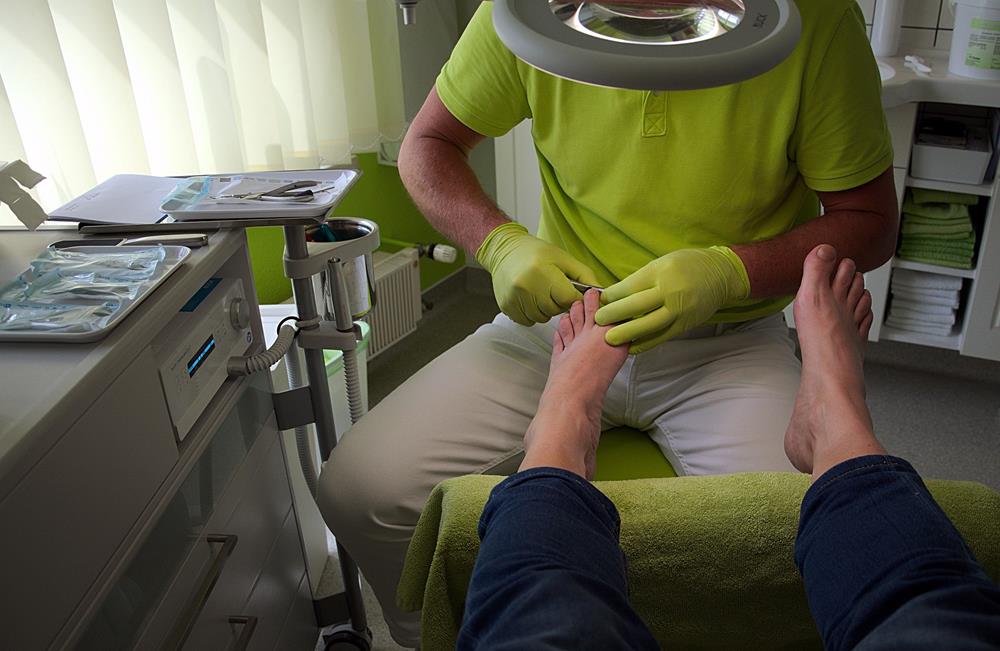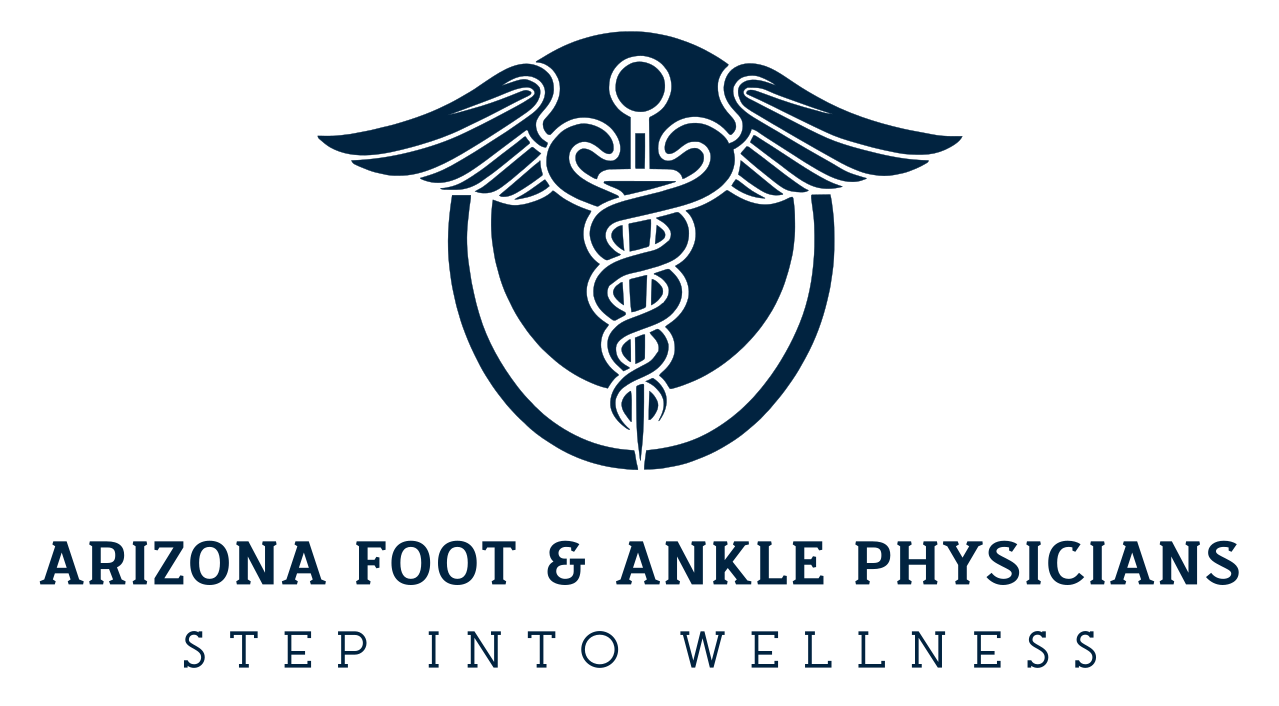Ingrown Toenail Treatments
Ingrown toenails are a common foot condition that can lead to significant discomfort, infection, and other complications if not properly treated. Regular consultations with our podiatrists in Scottsdale ensure your toenails remain healthy and free from issues. Our foot specialists will accurately diagnose your condition and recommend the most effective ingrown toenail treatments to help you recover swiftly. Contact us today!
What Causes an Ingrown Toenail?
An ingrown toenail typically occurs when the edge of the toenail grows into the surrounding skin, causing pain, redness, and swelling. Several factors can contribute to the development of ingrown toenails, including:
- Improper Toenail Trimming: Cutting nails too short or rounding the edges can encourage the nail to grow into the skin. Learn more about foot care.
- Tight Footwear: Shoes that crowd the toes can pressure the toenails, pushing them into the skin. Explore our heel pain treatments for healthier feet.
- Injury: Trauma to the toenail, such as stubbing your toe or dropping something on it, can cause the nail to grow abnormally.
- Genetics: Some individuals have a natural tendency for their nails to curve inward.
- Poor Foot Hygiene: Inadequate cleaning and care can increase the risk of infection and ingrown nails. Read our articles for tips on maintaining foot hygiene.
- Repetitive Stress: Activities that place constant pressure on the toes, like running or certain sports, can lead to ingrown toenails. Consider our crush injuries treatments to alleviate pressure.
Common Ingrown Toenail Symptoms
Recognizing the signs of an ingrown toenail early can prevent more severe issues. Common symptoms include:
- Pain and Tenderness: Especially along the sides of the toenail.
- Redness and Swelling: Around the affected area.
- Infection: Pus or drainage may be present if the toenail becomes infected.
- Warmth: The area around the ingrown toenail may feel warm to the touch.
- Thickened Nail: The toenail may become thicker as it grows into the skin.
- Untreated ingrown toenails can lead to more serious complications, such as persistent infections or the need for surgical intervention. Explore our other foot health services to maintain overall foot wellness.

Most ingrown toenail sufferers explain that they start feeling a stabbing or throbbing pain in their toe with each step they take. That’s often the first warning sign of an ingrown toenail. As the nail becomes more ingrown and continues digging into your skin, you may experience:
- Redness
- Inflammation
- Oozing pus
- Miss-shaped toes
- Troubles to walk
How to Diagnose an Ingrown Toenail
A proper diagnosis by our experienced podiatrists is crucial for effective treatment of an ingrown toenail. During your appointment, our foot doctors (Dr. Hagmann or Dr. Kosak) will:
- Medical History Review: Discuss your symptoms, any previous toenail issues, and overall foot health.
- Physical Examination: Inspect the affected toenail and surrounding skin for signs of infection or other complications.
- Assess Footwear and Trimming Habits: Evaluate how your shoes and nail-cutting techniques may be contributing to the problem.
In some cases, additional diagnostic methods may be used to determine the extent of the ingrown toenail and any underlying issues:
- X-rays: To check for bone involvement or other structural problems. Learn more about our services.
- Culture Tests: If an infection is suspected, to identify the causative bacteria.

For more information on ingrown toenail treatments or to schedule an appointment, please don’t hesitate to contact us today at (480) 247-8443!
What Are the Ingrown Toenail Treatments?
Treatment for ingrown toenails depends on the severity of the condition and the underlying causes. Our podiatrists offer a range of treatments tailored to each patient’s needs, including:
- Proper Nail Trimming Techniques: Guidance on how to cut your nails correctly to prevent recurrence. Read our articles for more information.
- Foot Soaks: Soaking the affected foot in warm, soapy water to reduce swelling and soften the nail.
- Lifting the Nail: Gently lifting the ingrown edge and placing a small piece of cotton or dental floss under it to encourage proper growth.
- Partial Nail Removal: Surgically removing the ingrown portion of the nail to alleviate pain and prevent further growth into the skin.
- Total Nail Removal: In severe cases, the entire toenail may be removed to allow for healthy regrowth.
- Antibiotics: Prescribing medication if an infection is present or at risk of developing.
- Supportive Treatments: Addressing any underlying issues such as bunions or flat feet that may contribute to ingrown toenails.

For detailed information about ingrown toenail treatments or to book an appointment, feel free to call us at (480) 247-8443 today!
Ingrown Toenail Treatments in Scottsdale
Regular monitoring and appropriate treatment of ingrown toenails are essential to maintain foot health. Our Scottsdale office offers comprehensive ingrown toenail treatments to ensure your toenails remain healthy and pain-free. Schedule an appointment with our experienced podiatrists to evaluate your condition and develop a personalized treatment plan. Book your appointment today.
If you have any questions about our services, please contact us today at (480) 247-8443.
About Our Doctors
Our team of dedicated podiatrists, including Dr. Hagmann and Dr. Kosak, are committed to providing top-notch foot care. With years of experience and a passion for helping patients achieve optimal foot health, our doctors utilize the latest techniques and treatments to address a wide range of foot and ankle issues.
